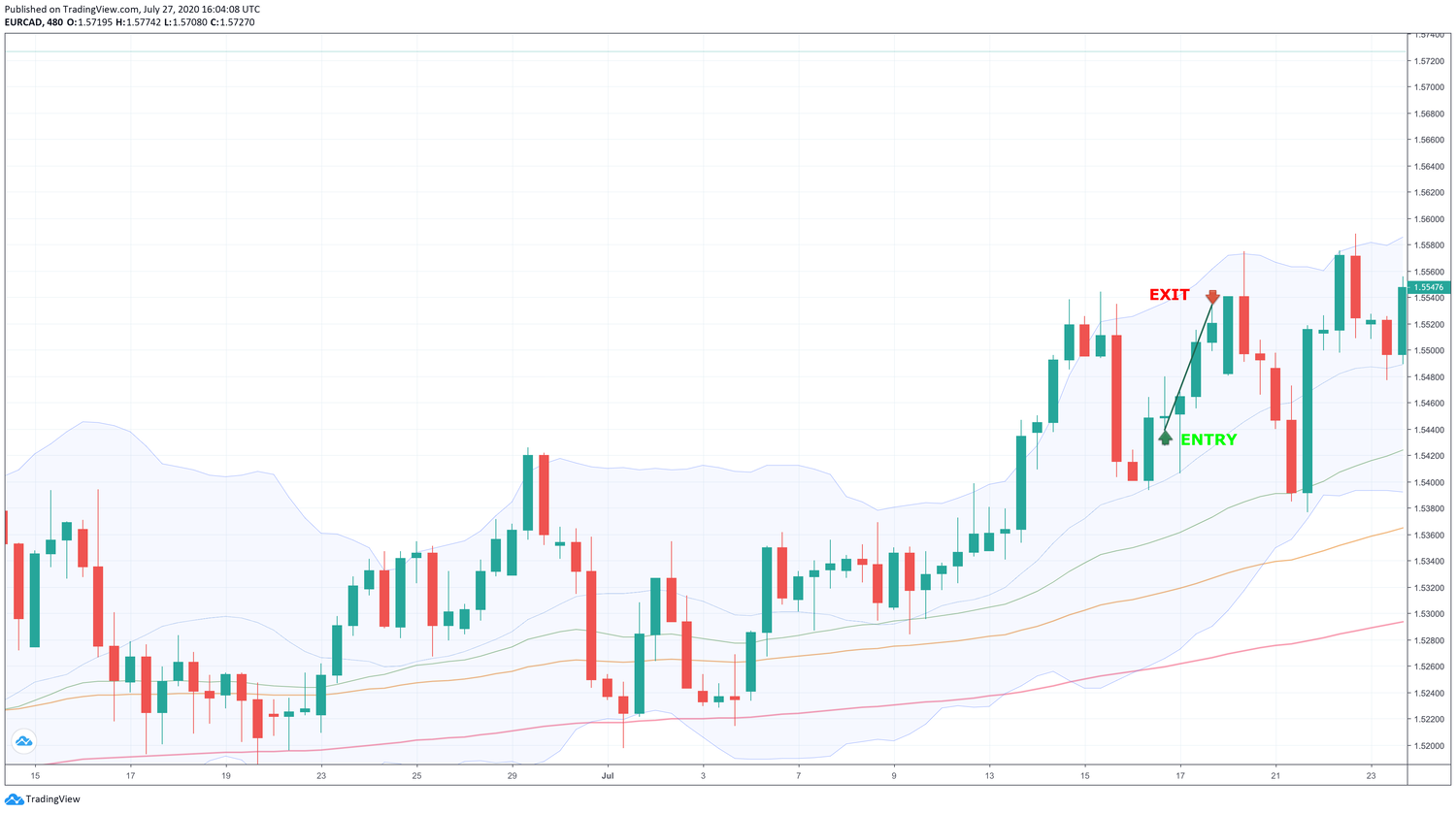HOW CAN TRIP PLANNING MAKE YOU A BETTER TRADER?
You’re planning a trip with your family to visit one of the beautiful islands on the west coast of Ireland. There is only a single ferry that connects the mainland to the island and it leaves every morning at 11am. You check Google maps the night before and it says the best route will take you 2.5 hours to get there. You enter the departure time for 8am, and the app confidently says that you should reach your destination at 10:30am. That gives you a wide margin of 30 minutes to purchase the ferry tickets. Lovely.
You leave at 8am the next morning (this is an achievement of your own). Sadly, it's a bank holiday weekend and a lot of people had similar ideas for weekend getaways: the traffic is mental and it takes you 45 minutes just to get out of the city. You check Google maps again and now it shows you a slightly different route and says that you will reach your destination at 11:30, 30 minutes after the ferry leaves. 😭
On top of that you still need to stop for fuel. And the kids need two toilet breaks instead of one. With the heavy traffic and the extra stops you miss the ferry, furiously blaming Google engineers for building a crappy app.
Luckily, you are in charming Galway and your family still has a great time. You later tell this story at dinner parties. Naturally, everyone agrees: Google maps is so bad at accurately giving them arrival times.
What happened there?
What you have to remember is that google algorithms give you estimates of best case scenarios. And these estimates are updated and changed all the time as the algorithms gather new data (traffic, weather patterns, accidents, road works ect). And, of course Google engineers couldn’t know many stops you make for fuel or going to the toilet.
And even if two cars would leave at the same time from the same starting point they would end up at the destination at different times. Why? Traffic is always varying: red lights, other cars, fuel stops, toilets stops, etc. It cannot be accurately predicted but only generally estimated. For this reason the best route is always changing and updating in real-time.
What does this have to do with trading?
Comparing Google maps to actual driving works the same as comparing backtesting with real trading.
Your backtest is your Google maps planner for your strategy, an estimation, a best-case scenario where the future looks just like the past.
Real trading is your actual real-life driving.
Yes, you must plan and do backtesting but you should never assume that the backtest will be the same as live trading. It rarely is. Backtesting always shows you best-case scenarios. Backtesting ignores spread spikes on news, wider spreads at market close, price slippage, lack of liquidity, swaps, additional costs, downtime etc. All these can be accounted for in live trading only.
Even if you could go back in time in a retrofitted DeLorean and try to replicate a backtest in real life, the real trading results would not be exactly the same. Even when two traders place the same trade with the same broker at the same time the trades would be executed at slightly different prices. Two cars can not occupy the same piece of tarmac on the road at the same time.
So what is the point of backtesting then?
Would you rather drive on unfamiliar roads with Google maps or try your luck guessing the direction and arrival time?
Of course you would use Google maps.
Backtesting is like Google maps for your strategy planning. Backtesting is an extremely helpful research tool in understanding and learning what works and what doesn’t.
It shows you very important information about your system:
How often it trades
How long it holds positions
The ratio of longs vs shorts
What markets your strategy is most suited to
What the win rate is
What the reward-to-risk ratio is
What the expectancy is
What the historical Drawdown was
and many other useful stats. All highly important information for planning your strategy.
And not only can you learn the strategy stats, you can actually see how every trade played out. Re-run it like in real life. You can use DARA app and click on any of the trades from the test you can see where the entry and the exit was on the chart. This helps you re-experiencing them. This experience will internalize and help you to become a better trader in real markets.
See each trade from the backtest
As discussed, variables like traffic, weather, accidents, stops, are continuously changing and affecting the optimal route to your destination and therefore your arrival time.
Similarly, market information is continually flowing, 24/7, thus affecting the optimal way to trade your system and the statistics associated with your system. But unlike driving, where you have to check Google maps and manually choose to drive on the optimal route, our algorithms do this automatically. The algorithms will always choose the optimal way to trade your system based on its expectancy and the inputs you have selected. There are no extra inputs to give and there is no need to re-deploy the strategy: Our algorithms are constantly learning and using the latest information available, around the clock. They display the latest information in the tests you perform.
But remember: backtesting is an estimation of historical performances and must be used as a guide rather than as an oracle. Future will not be the same as the past. For this reason you must use backtesting as a research tool to help with your real trading, not as an indicator of future performance. Real trading is your indicator of future performance.


